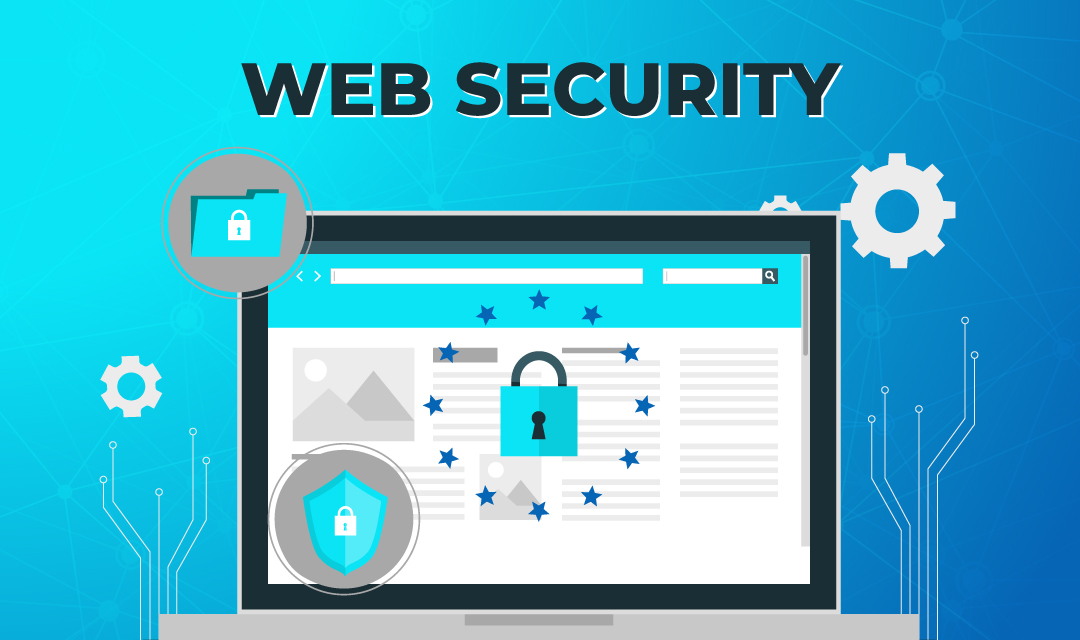In an era where instant messaging and social media dominate our communication landscape, email remains a cornerstone of personal and professional interaction. Despite its age, email continues to evolve and adapt, proving its relevance and importance in our daily lives. In this blog, we will explore the origins of email, its current state, and its impact on communication and productivity.
A Brief History of Email
Email, short for electronic mail, has a rich history that dates back to the early days of computing:
Early Beginnings (1970s)
The concept of electronic messaging began in the 1970s with the advent of ARPANET, the precursor to the modern internet. Ray Tomlinson, a computer programmer, is credited with the invention of email as we know it. He introduced the @ symbol to separate the username from the computer name, allowing messages to be sent between different machines on the network.
Expansion and Adoption (1980s-1990s)
As the internet grew, so did the use of email. In the 1980s, email systems like IBM PROFS and the early versions of Microsoft Exchange made their debut. By the 1990s, with the rise of the World Wide Web, email became a mainstream communication tool, with services like AOL, Yahoo!, and Hotmail making it accessible to the general public.
The Modern Era (2000s-Present)
Today, email has become an integral part of both personal and professional communication. With the development of mobile devices and cloud-based email services like Gmail and Outlook, email has become more accessible and versatile than ever.
The Impact of Email
Email has transformed how we communicate, both personally and professionally:
Professional Communication
In the workplace, email is used for formal correspondence, project management, and documentation. It allows for asynchronous communication, enabling people to respond at their convenience. It has also facilitated remote work by enabling teams to stay connected across distances.
Personal Communication
For personal use, email provides a way to keep in touch with friends and family, share updates, and manage personal affairs. It serves as a record of correspondence and can be used to share attachments, such as photos and documents.
Marketing and Commerce
Email marketing remains a powerful tool for businesses to engage with customers. It offers a direct line to subscribers, allowing companies to send promotional offers, newsletters, and updates. Effective email marketing strategies can drive sales, build brand loyalty, and foster customer relationships.
Security and Privacy
While email is convenient, it also presents security and privacy challenges. Phishing attacks, spam, and data breaches are persistent concerns. Modern email services incorporate advanced security features, such as encryption and two-factor authentication, to protect users.
The Future of Email
As technology continues to advance, the future of email looks promising. Innovations in artificial intelligence and machine learning are enhancing email sorting and prioritization. Enhanced integration with other tools and platforms is streamlining workflows, making email even more versatile and efficient.
Conclusion
Email, with its long history and ongoing evolution, remains a vital tool in our communication arsenal. Its ability to adapt to changing technologies and needs underscores its enduring relevance. Whether for personal use, professional correspondence, or marketing, email continues to play a significant role in how we connect and collaborate in the modern world.






Blog Comments